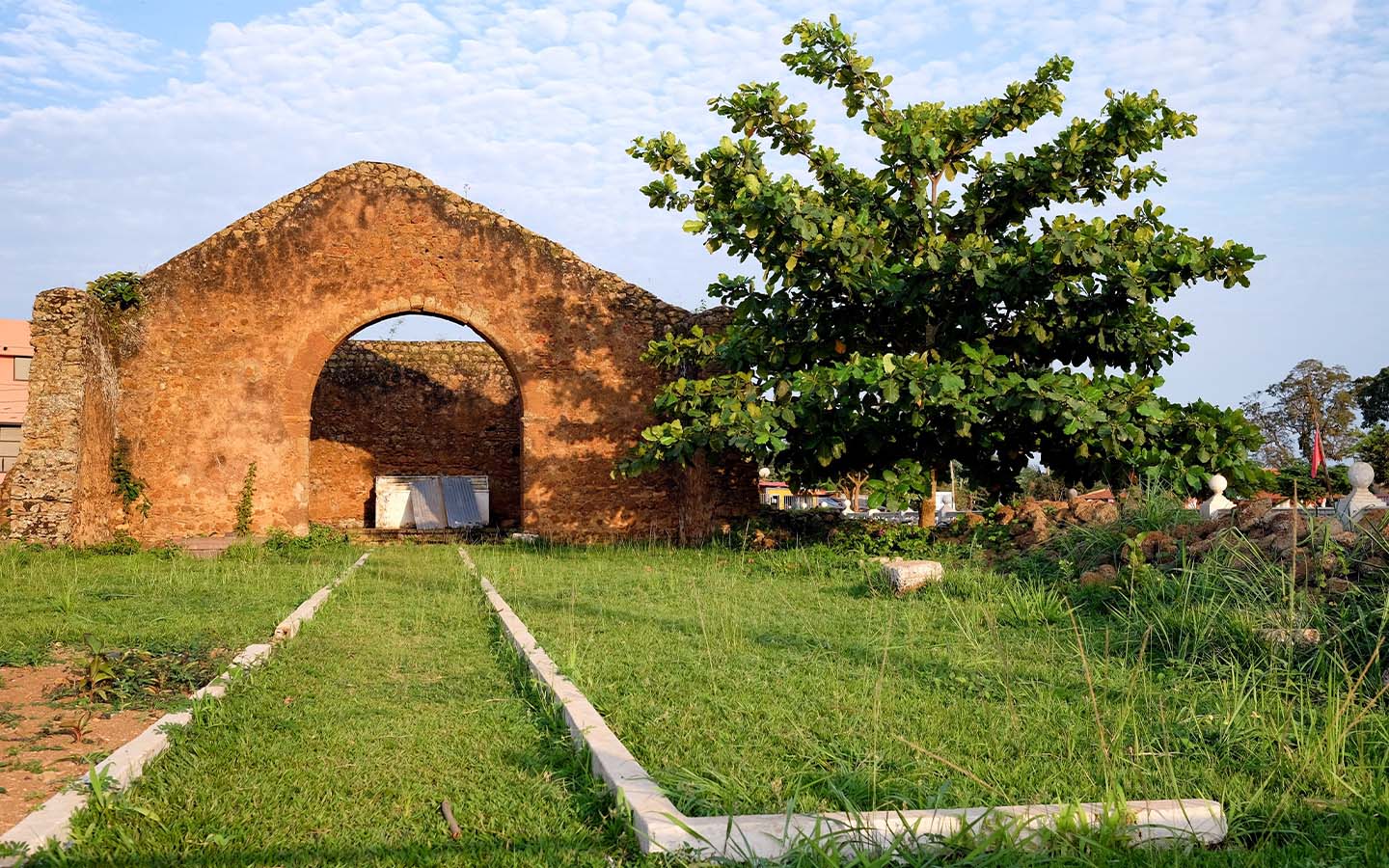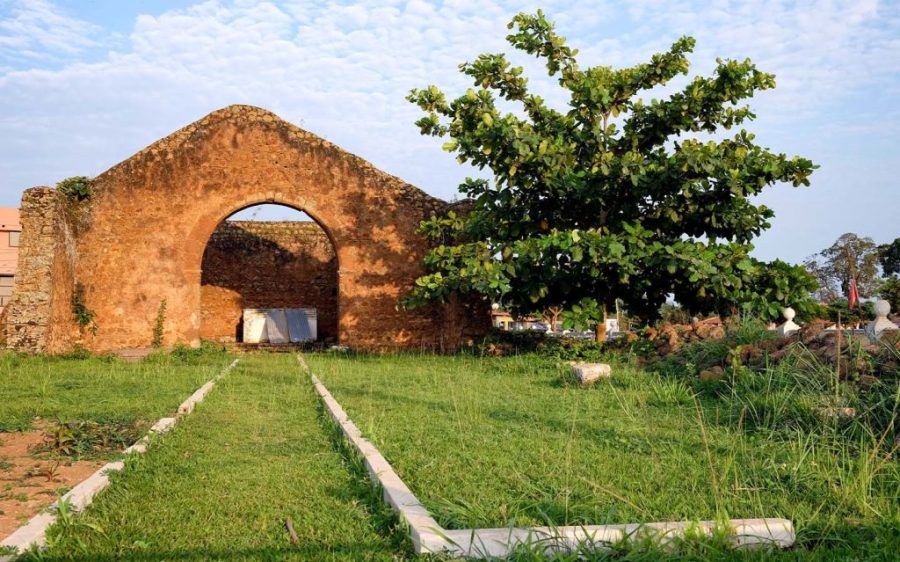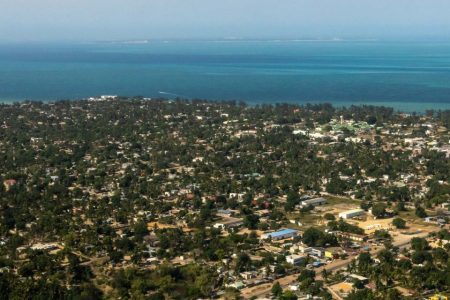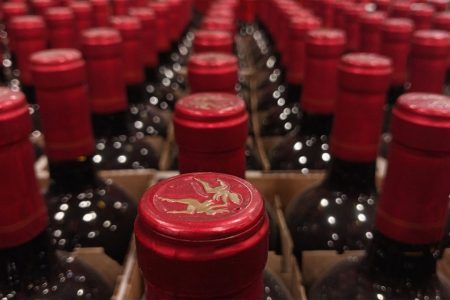Angolan President João Lourenço has approved an agreement worth around US$120 million for the restoration and conservation of the historical-cultural sites of Mbanza Kongo, capital of the historic Kingdom of Kongo, in the northwestern province of Zaire.
The work will bring management of the area, inscribed on the UNESCO World Heritage List in 2017, into compliance with UNESCO recommendations while also helping to promote cultural tourism.
The agreement – signed with local financial securities firm Áurea-SDVM, through a deal structured by Banco Angolano de Investimento – will finance public works construction and inspection contracts for the sites.
[See more: Bailundo king meets with descendants of escaped slaves in Brazil]
The Kingdom of Kongo was an independent state for over 500 years, well established and prospering by the time the Portuguese arrived in the region in the 15th century. It occupied land that is now part of Angola, Gabon, the Republic of Congo and the Democratic Republic of the Congo, with the former capital Mbanza Kongo located on a plateau in present-day northern Angola, some 570 metres above sea level.
Part of the historical value of Mbanza Kongo lies in its mix of influences, preserving a long-standing African kingdom and the influence of Christianity and colonisation in its Portuguese sites. A dozen churches, convents, schools, palaces and residences occupy the area alongside archaeological excavation sites managed by national and foreign experts.
Not unlike Macao, Mbanza Kongo is best known for the ruins of a centuries-old Portuguese cathedral. The Cathedral of the Holy Saviour of Congo, built at the end of the 15th century, is one of the oldest Catholic cathedrals in sub-Saharan Africa. Multiple sackings of Mbanza Kongo during the 17th-century Kongo Civil War left the church in ruins.






